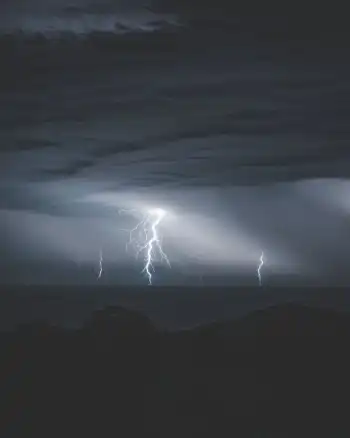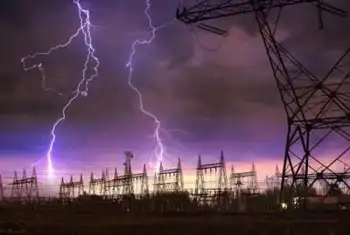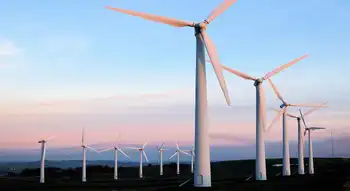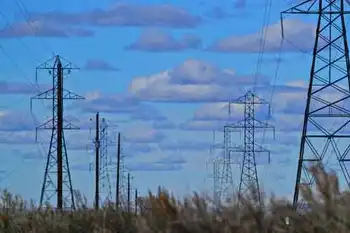Wheatland couple turns to wind for electrical needs
By Appeal-Democrat
Electrical Testing & Commissioning of Power Systems
Our customized live online or in‑person group training can be delivered to your staff at your location.

- Live Online
- 12 hours Instructor-led
- Group Training Available
The owners of the steel pole with a white propellor, Perrie and Janice Costa, said the wind power generated from the turbine will eliminate their electric bill and, they hope, power two electric cars.
"I love windy days, " Perrie Costa said, gleefully pointing to the turbine.
After years of discussion and research, the Costas decided to invest in the alternative energy source six months ago.
Their location is ideal, said Scott Jackson, president of Powershacks, Inc., an alternative energy company out of Chico. He said the 5 acres of land they live on is located in a class-two wind area, which means they get an average wind of 11 mph.
Jackson said most residential wind turbines would begin generating power at 8 or 9 mph, but the new model installed at the Costas' home will turn at 3 mph.
"When others are just getting started, this turbine will be generating half the power it's capable of," Jackson said. The turbine is manufactured by ReDriven, a company in Ontario, Canada.
Because of the capacity to generate 20 kilowatts of electricity, Perrie Costa said they went with a larger turbine to be sure there is enough power for their home, and when they purchase electric cars.
"It's my gas station," he said with a smile.
Though they are guinea pigs for this turbine — Jackson said only one other turbine of its kind was located in the United States before this one was installed — the Costas said they are still deciding on the type of electric car to purchase because the technology has not been fully developed, yet.
The Costas said they are spending $600 a month on gas alone, which is why they'd like to buy an electric car. Perrie and Janice commute to work in Roseville and Marysville, respectively.
If the price of gas continues to drop, though, Perrie Costa said they will purchase one electric vehicle instead of two.
They estimate their electricity bill to range between $200 and $300 each month. Gas and electric bills will both be eliminated as a result of the turbine, the Costas said.
Unused power from the turbine will go to PG&E. The couple chose a state rebate program that enourages alternative energy uses. The Costas, who will get $37,000 from the state, could have entered into a 20-year contract to sell the extra power to the utility company.
The couple also said they considered a combination of solar and wind, but found the turbine to be a better investment.
From purchase to installation, it took the Costas roughly six months to get the wind turbine functioning. Power to the turbine was officially hooked up October 27. They plan to hold a special opening ceremony Wednesday to mark the occasion.
While the Costas are a success story as one of the first residential turbines in Yuba County, 30 miles to the north, Roger Austin has been waiting more than a year to cut his power bill by 75 percent with a slightly smaller turbine.
Austin's project has been stalled since he found out the conditional use permit necessary for the 5-kilowatt turbine would cost $5,000.
The Costas, who happened to be located in a different planning zone than Austin, paid just $500 for their tower.
"It's the same county," Jackson said. "It doesn't make sense."
Jackson said the Costas are in agricultural/rural residential zone, which does not require a special use permit. Austin, however, is located in a strictly agriculture zone, which does require the permit.
Perrie Costa said he was aware of the permit fees Austin faced, but the couple wanted to look into the energy alternative anyway.
"If it cost $5,000, we would've done it," Costa said.
Because of Austin's difficulties, Jackson said he was given permission by the Loma Rica man to resell his turbine.
"He was just running in so many circles," Jackson said.
Austin appealed to the Board of Supervisors twice to have the permit fees lowered, but his request was left unanswered.
"They got into a political arm wrestling match," Jackson said.
Yuba County planning department officials have said any changes to permit fees or zoning would require supervisors' approval.
Sitting in a chair against her blue barn, Janice Costa enjoyed the view she had of her new turbine.
"It is pretty amazing," she said. "I can hardly wait until the meter begins to say that we are delivering power to PG&E, rather than receiving it."











